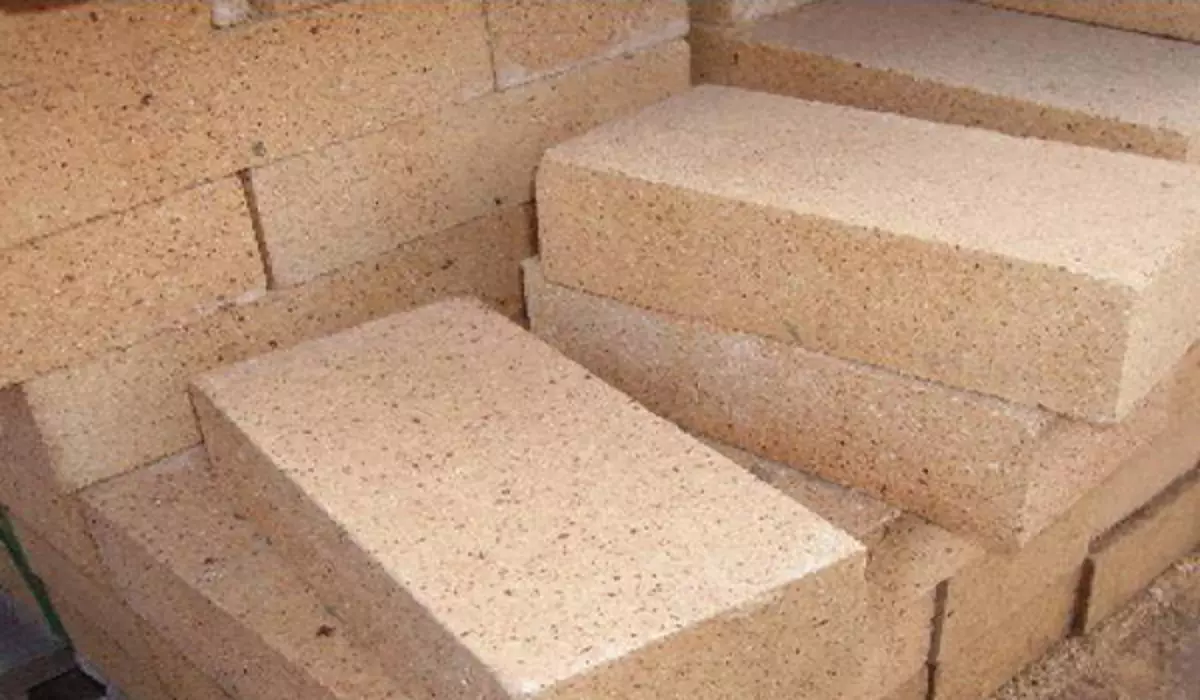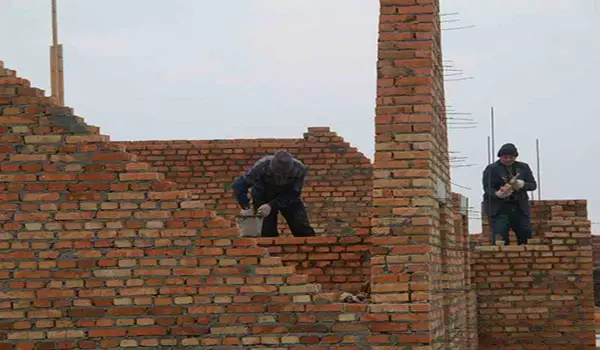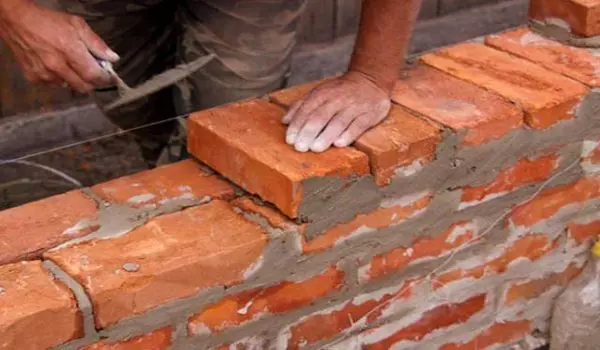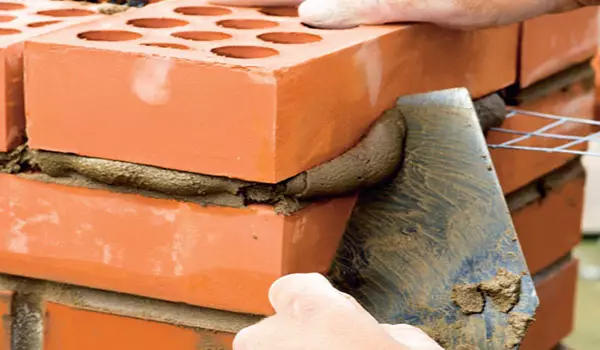Before starting construction, decide with the type of masonry. Choose a brick for bearing walls - the task is sat, but you need to know what you need. Modern manufacturers offer such a wide choice on the market that the novice can be confused. Next, I will tell you: what exactly should pay attention when working, how to make the masonry calculation and determine the carrier wall.
Selection of bricks for bearing walls
There are two main types of modern bricks: ceramic and silicate. Ceramic (red) consists of clay, as well as silicate (white) - from sand and lime. The rest are subspecies of these two.
The advantages of silicate: strength, frost resistance, isolation, creating a comfortable microclimate, fire resistance, heat accumulation. Disadvantages: fragility, weak thermal insulation.

The advantages of ceramic: moisture resistance, frost resistance, maintaining heat. Disadvantages: Fragility when water getting into the offseason period. The most important advantage of this building material is strength. Filling a full-length and hollow brick.
There are also three class of strength:
- weak;
- medium;
- Durable.
For construction, you can use full-scale and hollow. But at the same time it is necessary to remember that the full red brick (ceramic) is used in the construction of multi-storey buildings, basements, basements, foundation segments, consolidated arches, chimneys and not only. Hollow ceramic is better to lay emptiness and openings in a monolithic building.
Calculation of masonry
Masonry made with your own hands is a hack insurance and a large savings of your funds. Before proceeding with work, it will be useful to view the theory and read SNiP (building standards and rules). If your structure meets the established requirements, it will help officially take it into operation.
Calculation of stability is made on the basis of the classification specified in the documentation. Remember that stability depends on the thickness and height. The thickness is more - the better. To avoid unwanted phenomena, carefully read items 6.16 - 6.20 SNiP II-22-81. The tables contain data and methods for calculating that will help you do everything right.
Article on the topic: Aluminum doors: structural features and types

Defined with masonry, pay attention to some things:
- Load on the wall (this affects the flooding of the building).
- Climate (it is necessary to ensure not only strength, but also due insulation).
- Aesthetic factor (for example, masonry from a single brick will look much exquisite than from one and a half and double).
Thickness
Brick is a reliable material with excellent bearing capacity. The wall, which "in one brick" lay down, will withstand almost any load. It is necessary to thicken it if you want to increase heat engineering and insulating properties. The climate of the region or the presence of plants, airports next to your housing, etc.
There are such masonry designs:
- In Pollikirpich - 120 mm;
- In one - 250 mm;
- One and a half - 380 mm;
- Two - 510 mm;
- Two and a half - 640 mm.

For carrier walls, the minimum thickness is in a half brick (380mm). Walls "in one brick" can be used only for the latest floors, single-storey buildings and internal partitions.
How to determine the carrier wall?
The carrier wall is the one that assumes the load of the above-visited beams, plates and other elements. The easiest way to determine the bearing wall is a constructive plan at home. There everything is clearly designated, including the elements of the beam-beam system. If there is no plan, you will have to go somewhat different way.
To find out which wall carrier, it is necessary:
- Take into account location. These include internal, "looking" to neighboring premises; facing staircase; Exterior and self-supporting walls.
- Take into account the thickness and the material used. The carrier wall may be brick, the thickness of which is greater than 38cm. Or reinforced concrete panel, not less than 14-20 cm. Provided that the monolithic house, the bearing includes walls more than 20-30 cm.
- Take into account the cover of the slab overlap and beams. Plates of overlappings must be based on the walls with their short side.
Article on the topic: Sound-absorbing panels do it yourself: a sequence of actions

Additionally add that there are still self-supporting and non-relaxing walls. Self-supporting are not support for anything, however, the impact of the load from the above floors. Undesome, as you can understand from the name, are simply exposed to our own load (usually external walls). You can also add partitions here, which also carry only their own weight.
Outcome: Choosing bricks for carrying structures is a troublesome business, requiring knowledge and attention. At the same time, all the strengths spent and your time will pay off with more than good quality and decently saved finances.
Video "Houses and Brick Walls"
Video tutorial on brick and its use in the construction of houses. What brick is better to apply for masonry of bearing walls, and which is more suitable for partitions.
